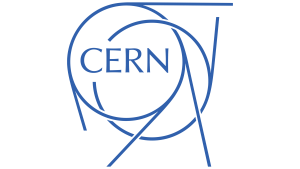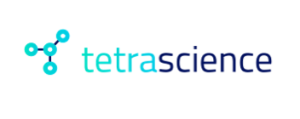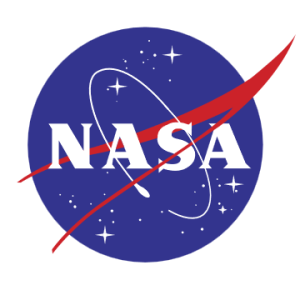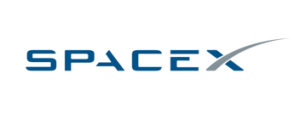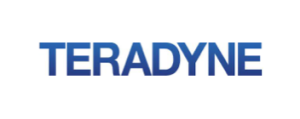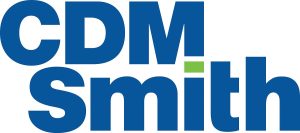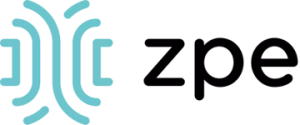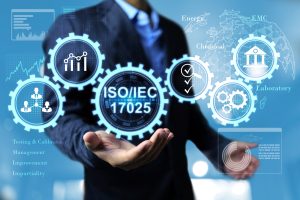
Calibration vs Recalibration: the difference every integrator must know
You’re currently shopping for sensors and carefully examining calibration certifications? That’s perfect. But have you ever thought about what will happen in one year, two years, or five years after installation?
The reality is that initial calibration is just the beginning of the story. Recalibration is the chapter that repeats year after year at your end customers’ facilities. And unlike calibration that you validate once before purchase, recalibration quickly becomes their responsibility – with all the complications that entails.
Essential definitions
To clarify our discussion, let’s define the key players:
- Manufacturer: The sensor manufacturer that produces sensors to be integrated into a final product
- Integrator: The company that integrates the sensor into its product
- End user: The integrator’s customer, responsible for maintenance and annual recalibration
The frequency difference: 1 time vs 20 times
Initial calibration
- When: Once only, before purchase by the integrator from the manufacturer
- Total frequency: 1
- Context: Controlled conditions at the manufacturer
Recalibration
- When: Begins after product delivery to the end user
- Frequency: Each year, sometimes more depending on applicable standards
- Total frequency: Between 5 and 20 times depending on product lifespan
- Context: In the field, at the end user’s location
The scope difference: sensor alone vs complete product
Initial calibration
The manufacturer calibrates only their sensor, in isolation, under perfectly controlled environmental conditions with a specialized system adapted to their products.
Recalibration
In the OEM context, the situation becomes dramatically more complicated. Too often, the sensor is rigidly mounted inside the host product.
Result: each recalibration involves not only the sensor, but also the entire product.
This difference generates considerable costs:
- specialized maintenance services
- shipping fees
- complex planning time
- extended product downtime
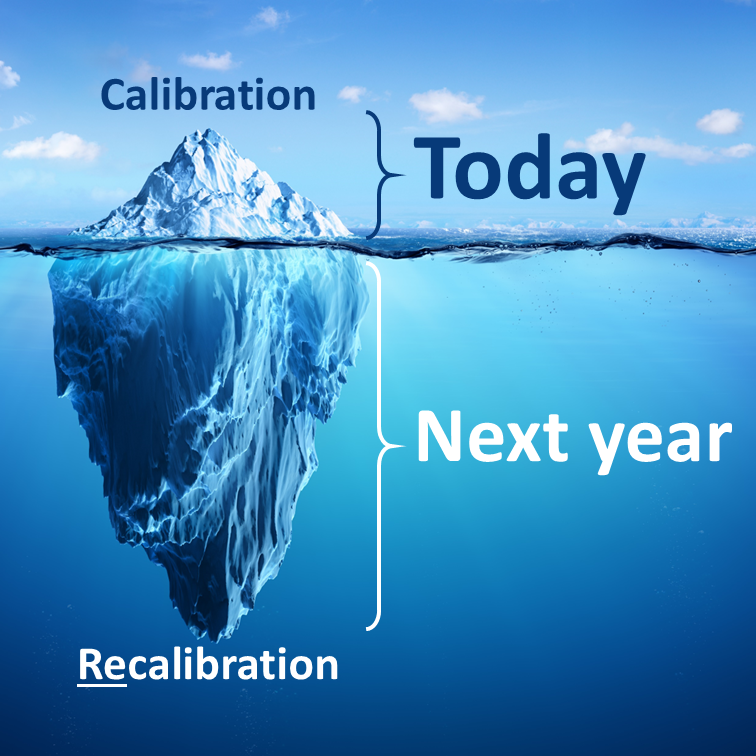
Why is this difference crucial?
From a strategic perspective, it’s therefore wise to think from the start about future recalibration of your embedded sensors. Although it occurs later in the customer journey, it represents a recurring interaction with the end user — a repeated opportunity, but also a risk if poorly anticipated.
A rushed decision today could harm your customers’ satisfaction and loyalty for years. Conversely, a well-thought-out approach will reinforce the perceived value of your offering in the long term.
Too many OEM integrators discover this critical difference after the fact, when their customers begin facing the challenges of annual recalibration. Service calls multiply, hidden costs emerge, and what seemed like a simple technical decision at the start becomes a source of recurring headaches.
In regulated sectors where data quality must be validated regularly, this difference becomes even more critical. The integrator who anticipates these needs from the design stage ensures compliance, sustainability, and customer satisfaction — while reducing their own technical support burden.
Conclusion
Calibration and recalibration are not simply variants of the same operation. They differ fundamentally in their frequency, scope, and impact on the end user. Understanding this distinction is the first step toward successful and sustainable sensor integration.
In our next article, we will explore how modular solutions can transform this complex equation into a competitive advantage.
Not sure if your project will benefit from Dracal’s solution?
Contact us, tell us about your project, and we’ll quickly determine if there’s a fit.
"*" indicates required fields
PRODUCTS YOU CAN TRUST
Approved by engineers, scientists and researchers around the world.
Thousands of companies trust our products worldwide:

